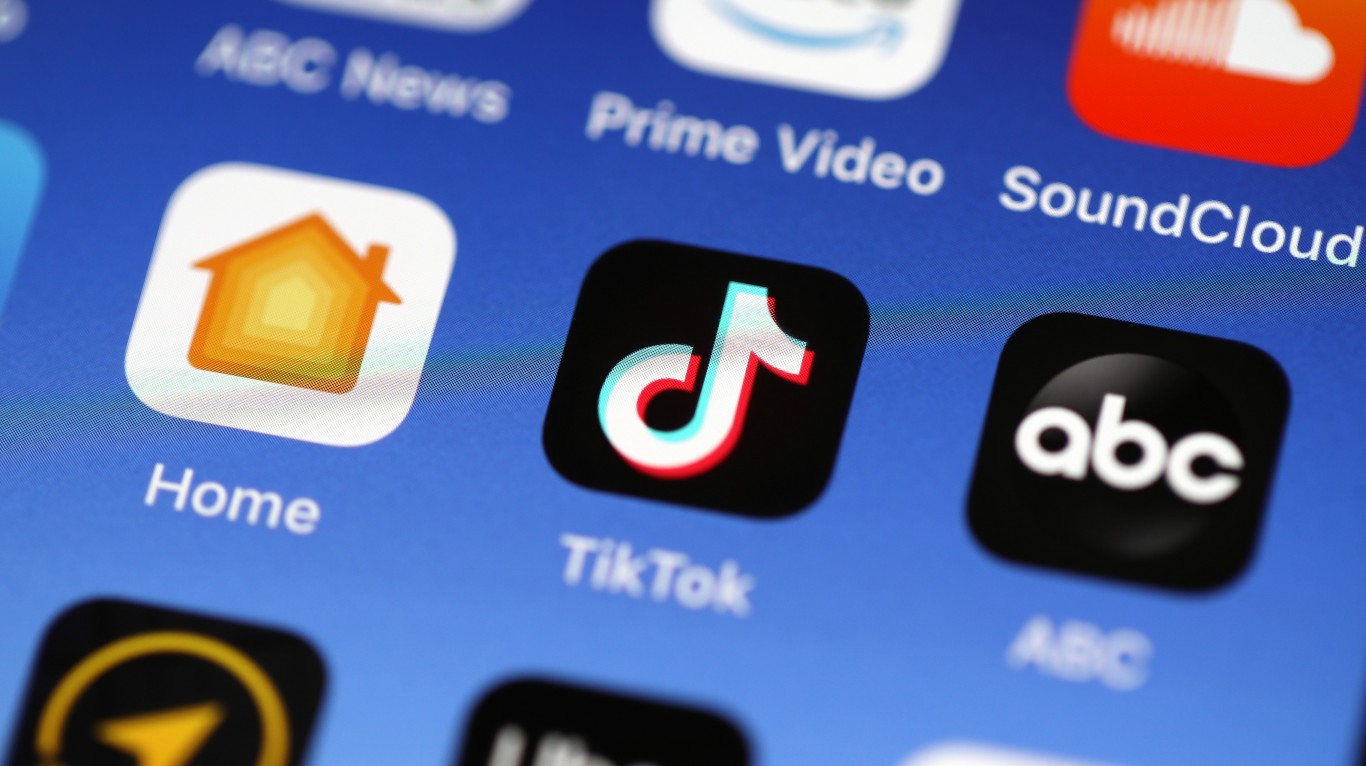
When Kantar recently released its BrandZ 2023 Most Valuable Global Brands list, one brand that took an outright beating was Disney. The brand’s value dropped 22% to $47 billion. Although the research methodology is flawed, the fall in this brand’s value does make some sense. (These are America’s 25 dying industries.)
[in-text-ad]
The data collection process for the list is awe-inspiring. Its database includes information from 4.2 million consumers. It also has data on 21,000 brands across 540 categories. As with almost all brand valuations, the way the final figures are calculated is a black box. Kantar considers the value of a company that owns the brand and its contribution to its overall value. It segregates company assets that do not contribute to brand value. All in all, it is a very reasonable approach.
Walt Disney Co. (NYSE: DIS) changed part of its business model when it launched its Disney+ streaming service. Created by current CEO Bob Iger, Disney+ became available in the United States in November 2019. From a subscriber count perspective, it was successful. According to recent figures from Disney, it has almost 160 million subscribers.
Disney+ was launched with content from several other powerful entertainment brands, including Disney, Marvel, National Geographic, Pixar and Star Wars.
Iger made one critical mistake. At a cost of $6.99 a month, there was always a risk that the streaming service would post large losses. That price was nearly 50% lower than services from the two dominant competitors in the business, Netflix and Amazon Prime. Eventually, the losses totaled well over $1 billion, affecting the entire company’s financial results. Although he had not started Disney+, Bob Chapek, Iger’s hand-picked successor, took most of the blame. Ironically, the board brought back Iger.
Disney’s stock is down 47% in the past two years. This undoubtedly affected the Kantar valuation. Disney may not do much better when the list comes out next year.
Are You Still Paying With a Debit Card?
The average American spends $17,274 on debit cards a year, and it’s a HUGE mistake. First, debit cards don’t have the same fraud protections as credit cards. Once your money is gone, it’s gone. But more importantly you can actually get something back from this spending every time you swipe.
Issuers are handing out wild bonuses right now. With some you can earn up to 5% back on every purchase. That’s like getting a 5% discount on everything you buy!
Our top pick is kind of hard to imagine. Not only does it pay up to 5% back, it also includes a $200 cash back reward in the first six months, a 0% intro APR, and…. $0 annual fee. It’s quite literally free money for any one that uses a card regularly. Click here to learn more!
Flywheel Publishing has partnered with CardRatings to provide coverage of credit card products. Flywheel Publishing and CardRatings may receive a commission from card issuers.
Thank you for reading! Have some feedback for us?
Contact the 24/7 Wall St. editorial team.




